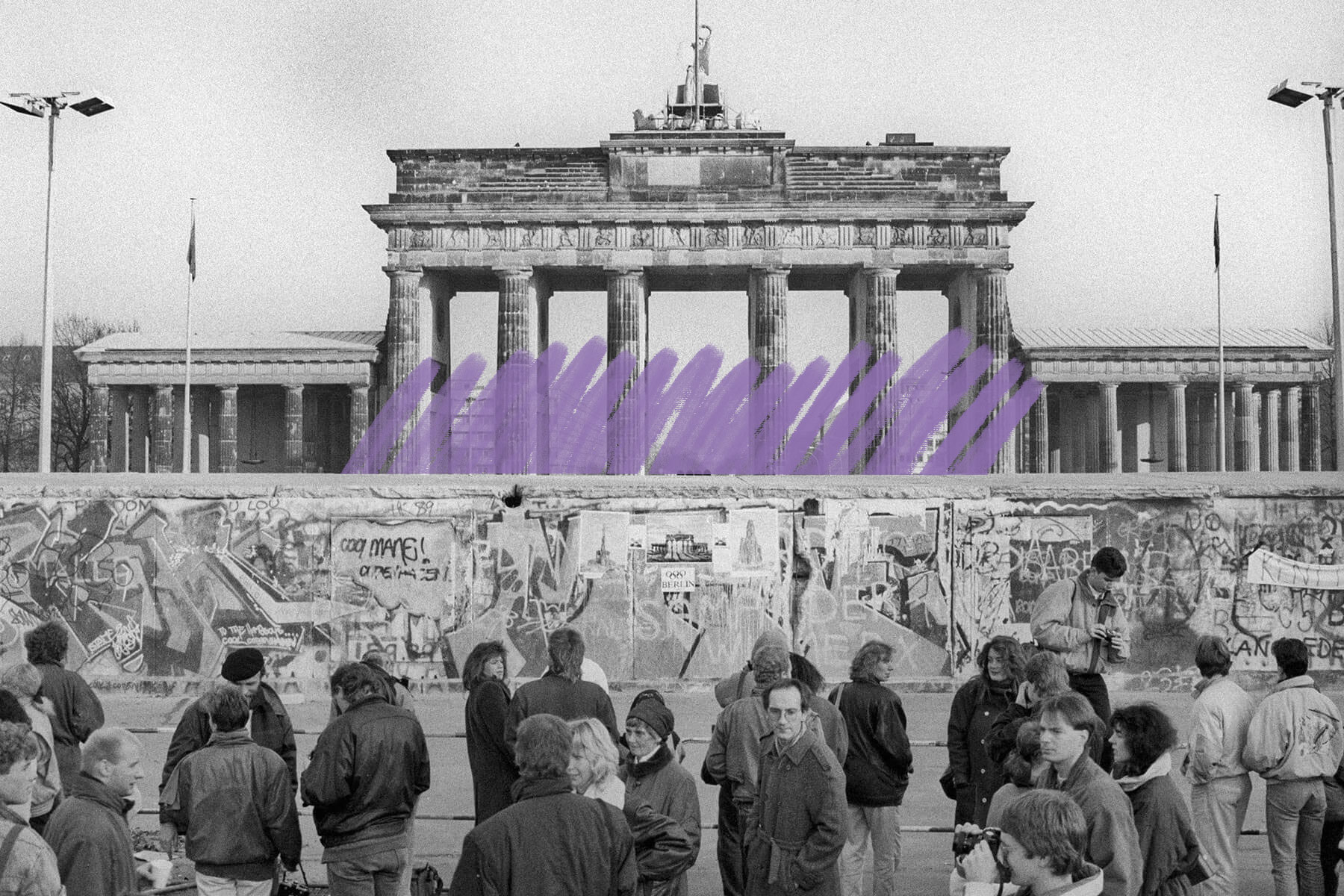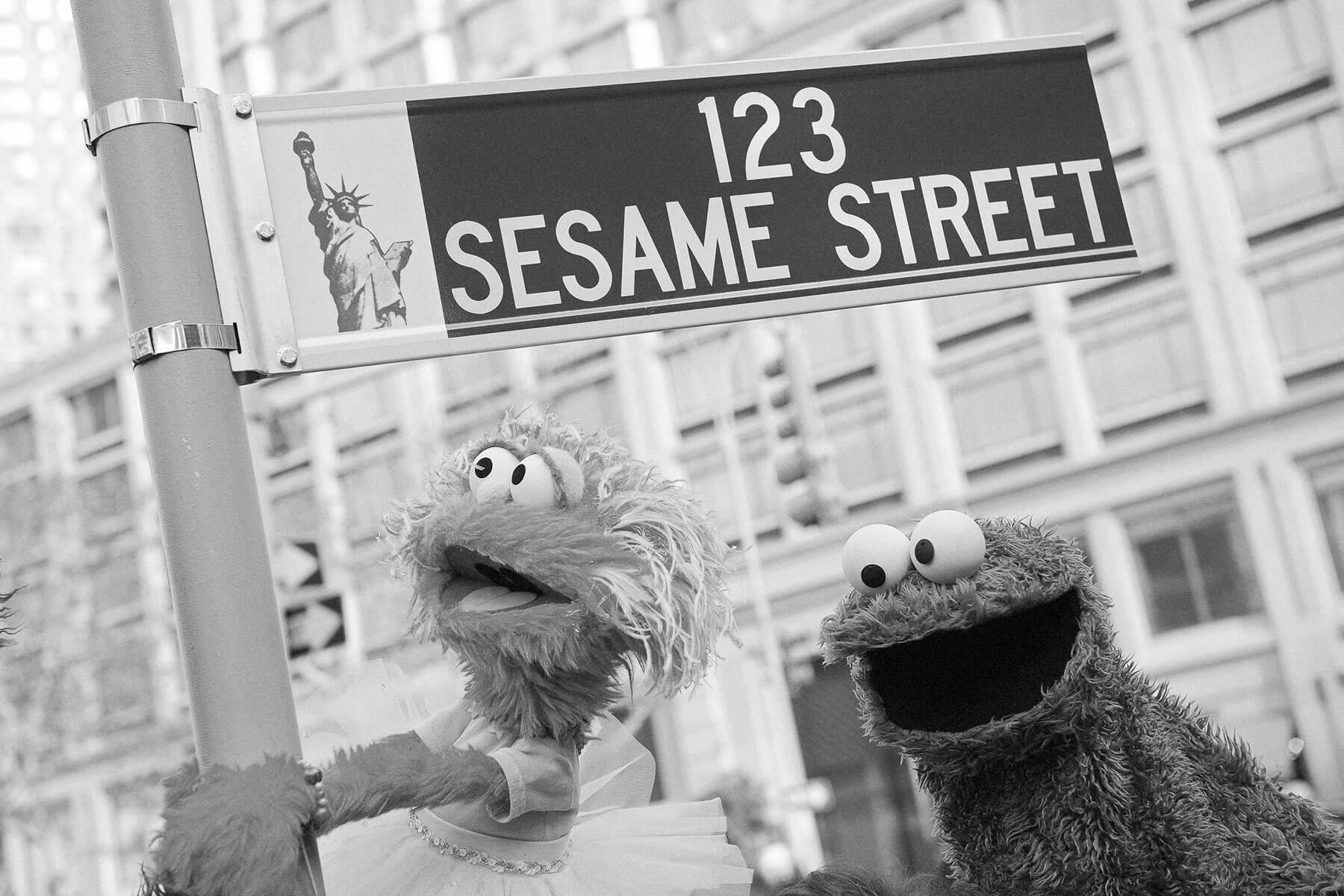The Berlin Wall stood for 28 years, separating East and West Berlin from 1961 to 1989. |
| |
| |
|
 |
|
| T he Berlin Wall stood for 28 years, separating East and West Berlin from 1961 to 1989. Had it not been for a bureaucratic mistake, it might have stood a little longer. Facing mounting pressure, East Germany announced on November 9, 1989, that its citizens could begin visiting the West, though the policy wasn't meant to take immediate effect. Instead, it was supposed to be rolled out gradually and involve a visa application. However, that's not what an unprepared politburo member named Günter Schabowski said when asked at a press conference that evening about the timeline for East Germans to begin their visits — his answer was "immediately, without delay." |
|
|
| Excited by the news, thousands of East Germans descended on the wall to both celebrate and make the crossing they'd been waiting so long for. This was especially overwhelming to Harald Jäger, a guard at the Bornholmer Strasse checkpoint. Receiving little in the way of helpful guidance from his superiors and faced with a growing crowd — to say nothing of the fact that he was waiting on results of a cancer test — he opened the gate. Other checkpoint guards did likewise, and this vital part of the Iron Curtain was finally torn down. |
|
 |  |
|
|
 |
|
| |
|
| East Germans who successfully escaped by going over or under the Berlin Wall | | | 5,000 |
| | | Length (in miles) of the Berlin Wall | | | 96 |
| | | Length (in miles) of the Berlin Wall | | | 96 |
|
|
|
| People who died trying to cross the Berlin Wall | | | 100+ |
| | | Years it took to physically dismantle the Berlin Wall | | | 4 |
| | | Years it took to physically dismantle the Berlin Wall | | | 4 |
|
|
|
 |
|
 | | Did you know? |
|
|
The Berlin Wall actually consisted of two walls. |
|
| Perhaps because "Berlin Walls" didn't sound as catchy, the fact that this physical manifestation of the Iron Curtain consisted of two separate barriers isn't widely known. The two walls were separated by a 160-yard "death strip" that more than lived up to its name: Everything from floodlights and trip wires to dogs and guard towers could be found there, and the armed guards who patrolled it had shoot-to-kill orders. The intention wasn't to keep people out but to keep East Germans in, as the vast majority of attempted crossings were from East to West rather than the other way around. |
|


Lainnya dari

















0 comments:
Post a Comment